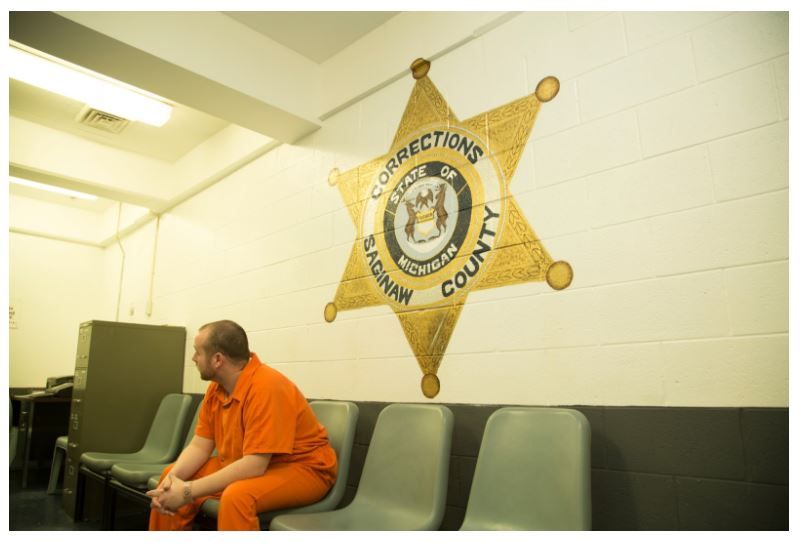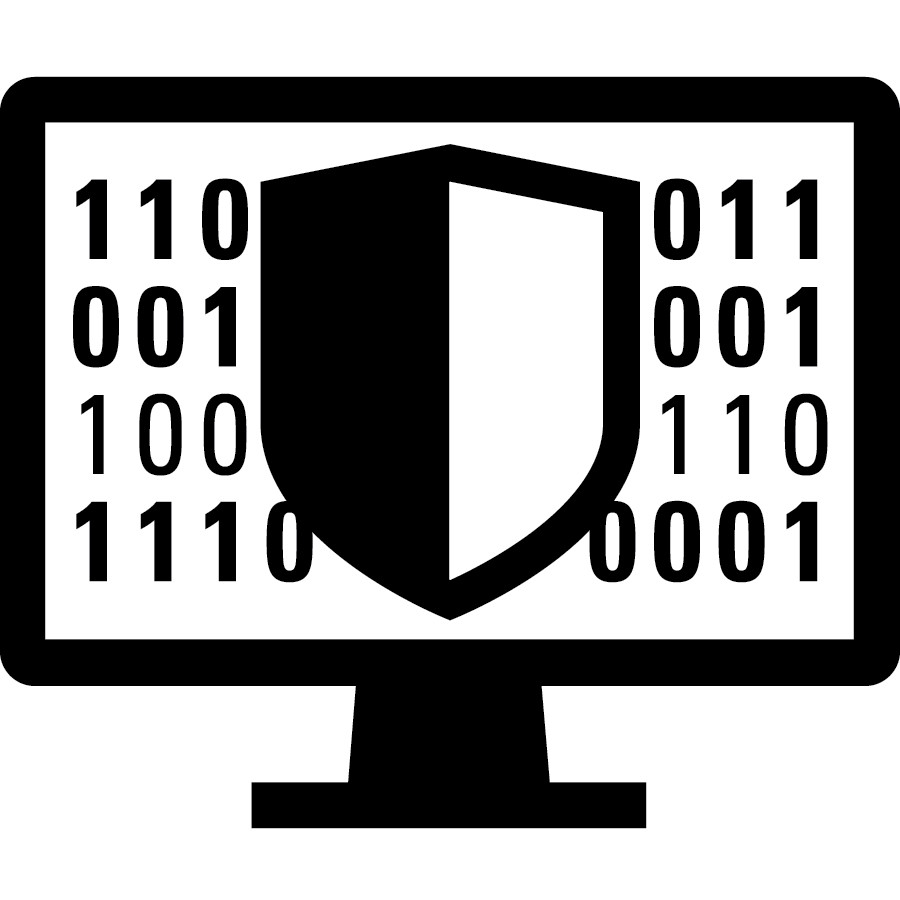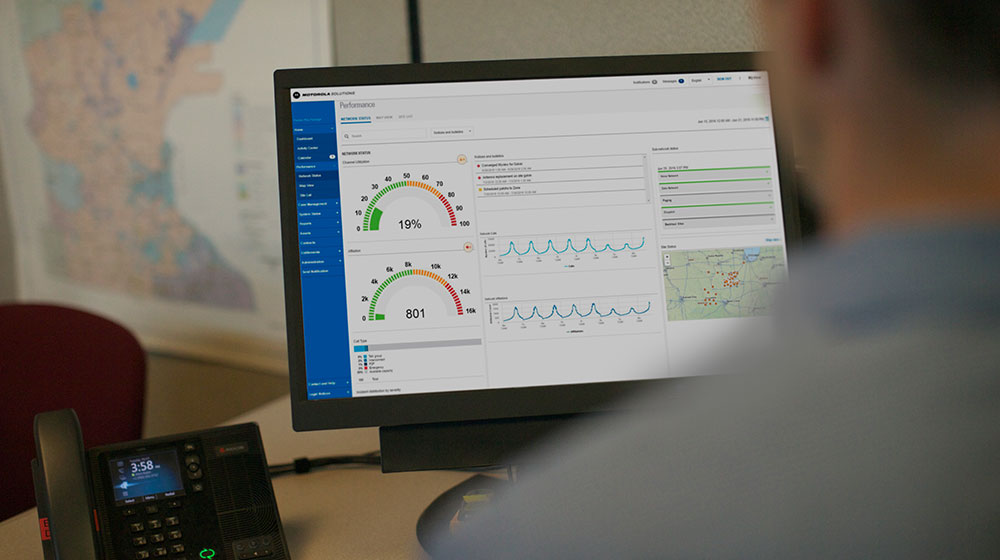 A variety of police body-worn camera (BWC) benefits have been outlined since they were thrust into the spotlight over the past couple years. In this series, we are breaking down three primary components of successfully using the digital evidence BWCs produce in court. This is based on a piece from our recently released Digital Evidence 101 white paper bundle.
A variety of police body-worn camera (BWC) benefits have been outlined since they were thrust into the spotlight over the past couple years. In this series, we are breaking down three primary components of successfully using the digital evidence BWCs produce in court. This is based on a piece from our recently released Digital Evidence 101 white paper bundle.
In this post we will focus on creating greater judicial efficiency and what needs to be considered when evaluating police body-worn camera solutions to accomplish that.
Automation Is Critical To Close Out Cases Faster
To minimize disruption from the sheer volume of content BWCs capture and create, it is important to choose a BWC solution that automates as much of the digital evidence management workflow as possible. This will ensure minimal disruption to officers and save valuable administrative time and costs for your agency in delivering to judicial partners what they need to prosecute a case successfully.
For instance, when searching through evidence, it can be tedious to manually associate pertinent file information or to comb through unorganized data. But when digital evidence can be searched for, grouped and filtered by metadata, tags, notes and incident information automatically associated with the files, that process is completed in seconds, not hours or days.
Removing personally identifiable information when sharing evidence and even consistently purging content according to state and local policies can also be tedious processes if done manually. Consider integrated capabilities within your digital evidence management software such as object-based redaction and retention schedules assigned to tags to automate it.
Automated processing facilitates better cooperation and collaboration with judicial partners by fulfilling requests more efficiently without having to hire additional administrative staff. This means not only are you able to successfully close cases faster, but you are even saving budget that can be used to retain or add officers in the field.
If you’ve missed my previous two posts that dive into other important considerations for successfully using police body-worn video in court, be sure to check them out here and here. If you are interested in our complete paper on this topic, visit our Digital Evidence 101 page for that exclusive content plus much more!




